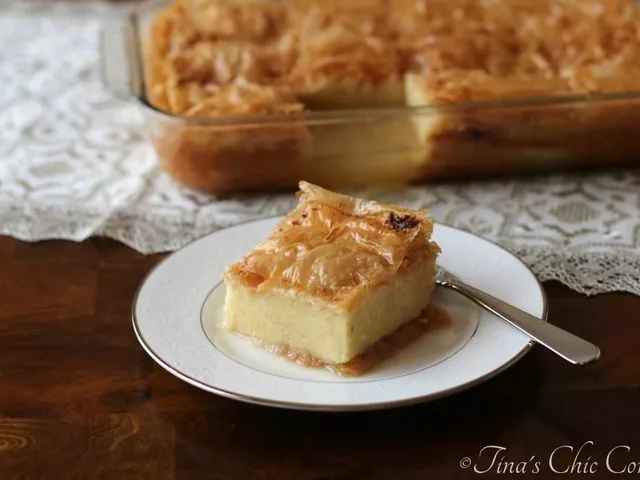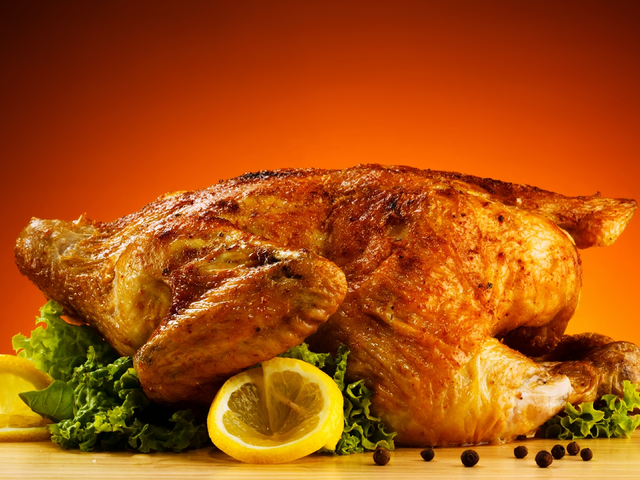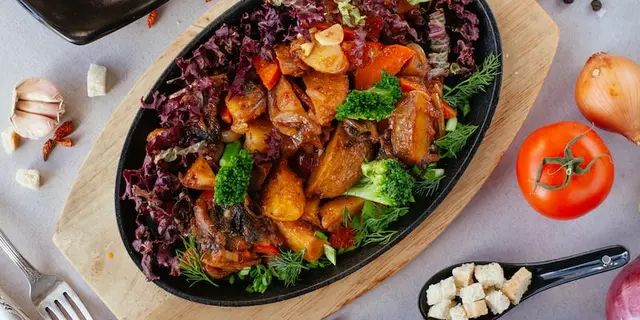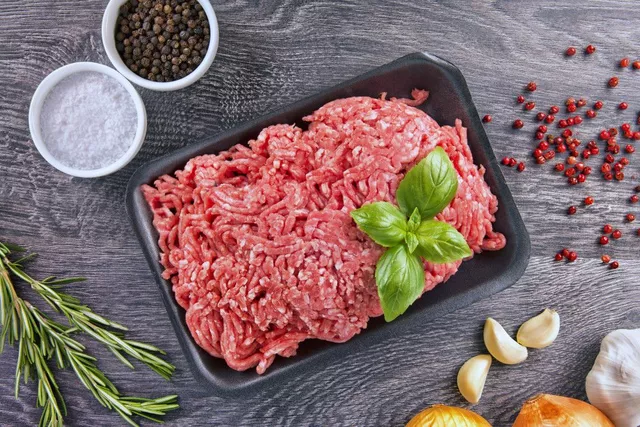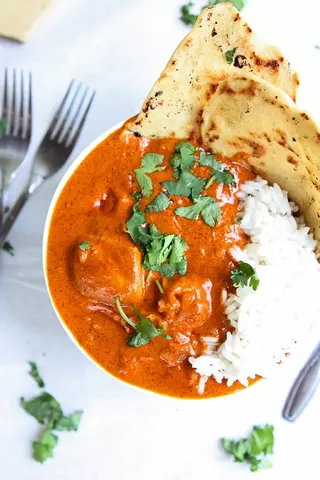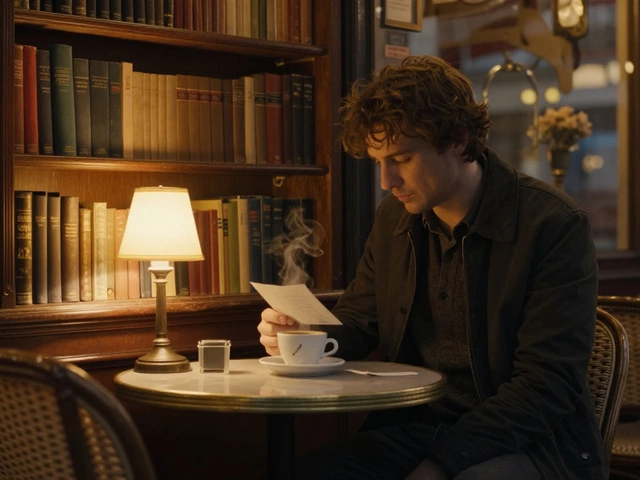Introduction to Culinary Challenges
There are numerous recipes in the world that can pose a significant challenge, even to the most seasoned cooks. But what makes a recipe difficult? Is it the number of ingredients, the complex techniques, or the precise timing? In my experience, the most difficult recipes are those that require a combination of all these elements, plus a hint of patience and a dash of determination. But let's dive deeper into the most formidable recipe I've ever tackled.
The Infamous Croquembouche
The most challenging recipe I've ever attempted is the French dessert – Croquembouche. This show-stopping tower of cream-filled profiteroles, bound together with threads of caramel, is not for the faint-hearted. It's a classic French masterpiece that demands precision, patience, and a good understanding of pastry.
Getting Started with the Choux Pastry
Creating the choux pastry for the profiteroles is the first hurdle. The dough must be mixed and baked to perfection to achieve the right texture and consistency. It's a delicate balance between having enough eggs to make the dough rise, but not so many that it becomes too soft and fails to hold its shape. The process is both time-consuming and requires a good deal of precision.
Filling the Profiteroles
Once the profiteroles are baked and cooled, they need to be filled with cream. This process requires a steady hand and a careful touch. Overfilling the pastries can cause them to burst, while underfilling them can result in a disappointing lack of creaminess. Getting this step right is essential for the overall success of the Croquembouche.
Constructing the Tower
After the profiteroles are filled and chilled, the real challenge begins - constructing the tower. This requires a steady hand, a lot of patience, and a good deal of caramel. This is where things can really start to go wrong. The caramel needs to be the perfect temperature to effectively bind the profiteroles together without melting the cream inside.
Facing the Caramel Challenge
Working with caramel is a test of patience and precision. The sugar has to reach just the right temperature to achieve a caramel color and flavor without burning. There's a fine line between perfect caramel and a burnt, bitter mess, and crossing that line can mean starting all over again - a daunting prospect when you've invested so much time and effort already.
Final Touches: Decorating the Croquembouche
The final challenge is to decorate the Croquembouche. Traditionally, it's adorned with spun sugar, which requires even more sugar work. Spinning sugar is not a task for the impatient or the easily frustrated. It involves heating sugar to a molten state, then using a fork or whisk to flick it into fine strands. These strands are then draped over the Croquembouche to create a beautiful, delicate effect.
Concluding Thoughts
So, there you have it – the most difficult recipe I've ever made. Despite the challenges and frustrations, I can honestly say that every moment was worth it. The sense of accomplishment when I finally finished, and the look of awe on my friends' faces when they saw my Croquembouche, made all the hard work worthwhile. It's a recipe I encourage every passionate cook to attempt at least once, but be prepared – it's not for the faint-hearted.

